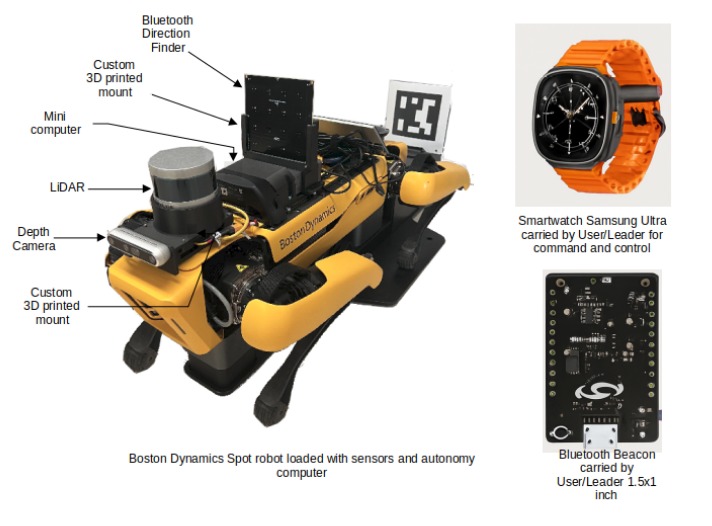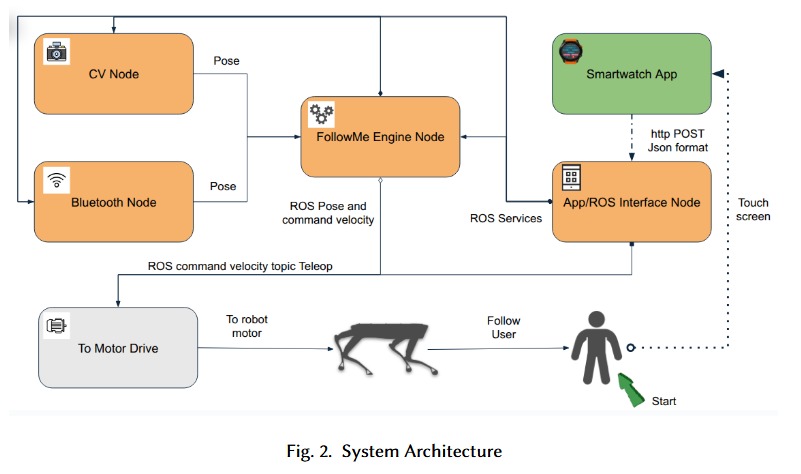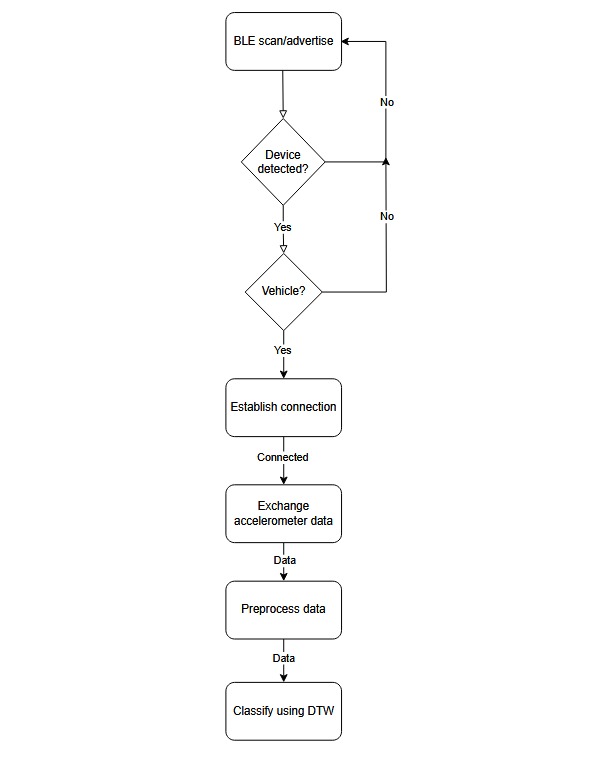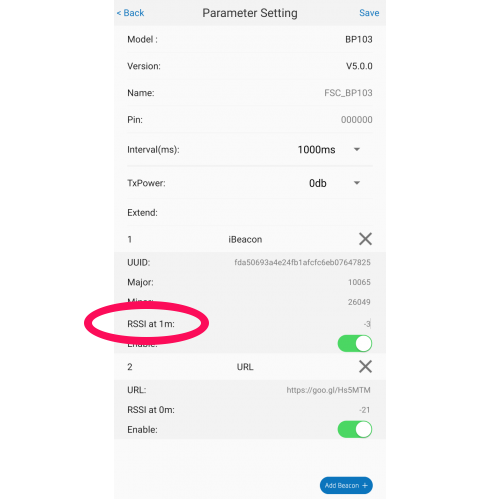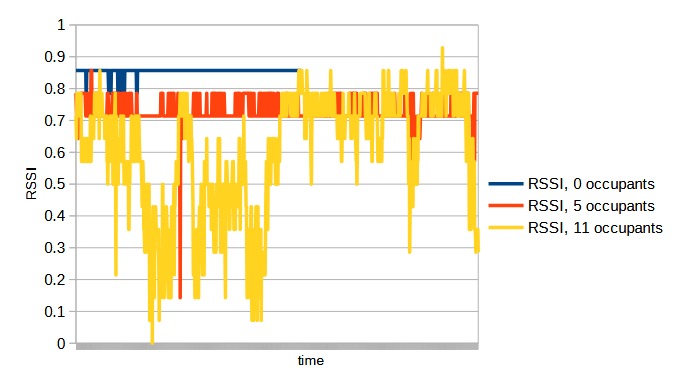New research titled Seamless Indoor–Outdoor Localization Through Transition Detection by Jaehyun Yoo presents a system for maintaining accurate and continuous positioning of a person or object as they move between indoor and outdoor environments. Standard GPS technologies struggle in indoor areas due to signal loss, while indoor systems often fail outdoors. Transition zones, such as building entrances, pose particular challenges. This paper addresses those issues by introducing a transition detection algorithm that combines data from WiFi and BLE signals, GPS metrics, and inertial sensors.
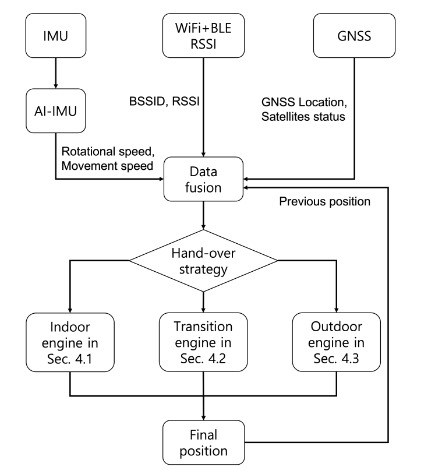
The core of the proposed system is a handover strategy that classifies an environment as indoor, transition, or outdoor using a probabilistic model based on signal strength (RSSI), position estimation, and satellite signal quality. The classification process relies on machine learning, specifically a neural network model trained on unlabelled data using an unsupervised approach. The transition zones are especially crucial for switching accurately between positioning engines.
The system comprises three separate engines. The indoor engine uses WiFi and BLE fingerprinting fused with inertial sensor data through a particle filter. The transition engine works exclusively with AI-augmented inertial data to maintain tracking where both WiFi and GNSS are unreliable. The outdoor engine integrates GNSS data with inertial measurements using an extended Kalman Filter, adapting dynamically to account for signal reliability and expected movement.
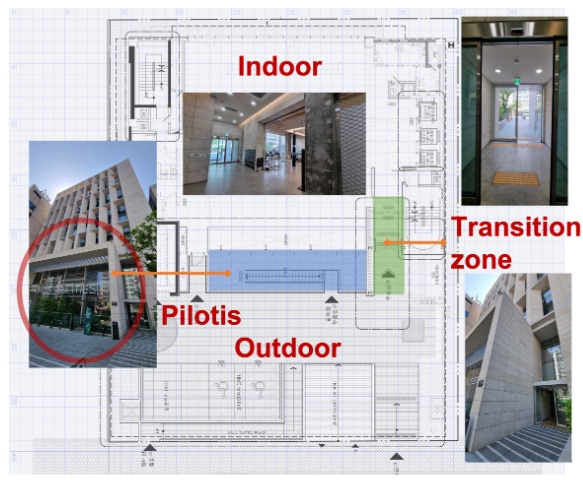
Experimental tests were conducted using three Samsung smartphones in three office buildings of various sizes and layouts. The new method demonstrated improved positional accuracy and better state classification compared to Google’s Fused Location Provider (FLP) and standard GPS. Results showed the proposed system consistently outperformed the alternatives, particularly in recognising transition zones and reducing localisation errors. However, the method was sensitive to direction errors and GNSS multi-path interference, which could affect the overall accuracy, particularly in densely built environments.
The study concludes that the approach offers significant improvements in seamless localisation using consumer smartphones without requiring labelled data or external GNSS hardware. Future work aims to replace manually tuned parameters with data-driven methods and to further address GNSS multi-path errors by leveraging raw satellite data.
